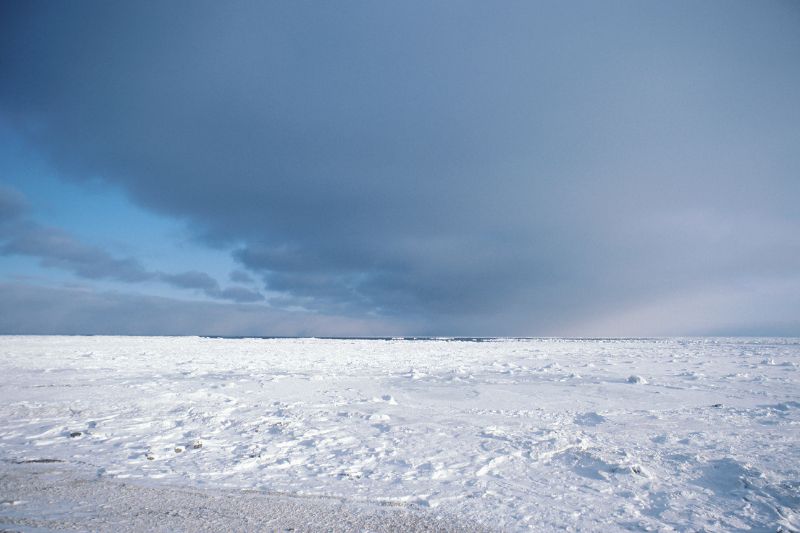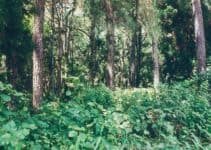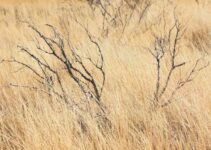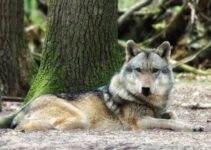The tundra is the coldest of all the biomes with an annual average temperature of less than 5°C and precipitation (mostly in the form of snow) less than 100 mm per year.
The weather conditions in the tundra are so harsh that only a handful of plants and animals can survive there. The word tundra comes from the Finnish word ‘tunturia’, which means treeless plain.
The tundra is one of the least understood and most fascinating biomes on the planet. This incredibly difficult climate and the environment have both a bizarre and diverse range of animals that have learned to survive with the limited amounts of green plant life, sunlight and moisture.
Due to extremely cold temperatures, the layer just below the surface, which is called permafrost, remains permanently frozen.
While the tundra biome is typically thought of as the “frozen tundra,” it is, in fact, made up of variations in temperature, climate, and amounts of precipitation, depending on where it is located. Tundra is mostly known for its frost-molded landscapes, extremely low temperatures, little precipitation, poor nutrients, and short growing seasons. Tundra is broadly separated into two types: arctic tundra and alpine tundra.
Many climate scientists say their biggest fear is that warming could melt the Arctic permafrost – which stretches for thousands of miles across Alaska, Canada, and Siberia.
~ Michael Specter
Climate of the Tundra
Extreme cold temperatures define the typical climate of the tundra.
The arctic tundra, located in the northern hemisphere surrounding the North Pole, is characterized by extremely cold and dry conditions, similar to a frozen desert. Furthermore, during the winter months, periods without daylight can extend for weeks, with extremely cold temperatures being reached.
In summer months, the sun can shine almost around the clock, which is why so many plants and animals need this time for survival.
Alpine tundra, on the other hand, can be found on the tops of the world’s highest mountains. Similar to the arctic tundra, these areas are defined by freezing temperatures and dry air, though they are located in higher elevations.
Because of these heights, the alpine tundra is often subject to larger concentrations of sunlight at a time because the air and atmosphere are thinner, thereby allowing rays to penetrate stronger.
The tundra climate offers a short growing season that encourages low species diversity. The animals and plants of the tundra biome have adapted to survive this kind of harsh climate.
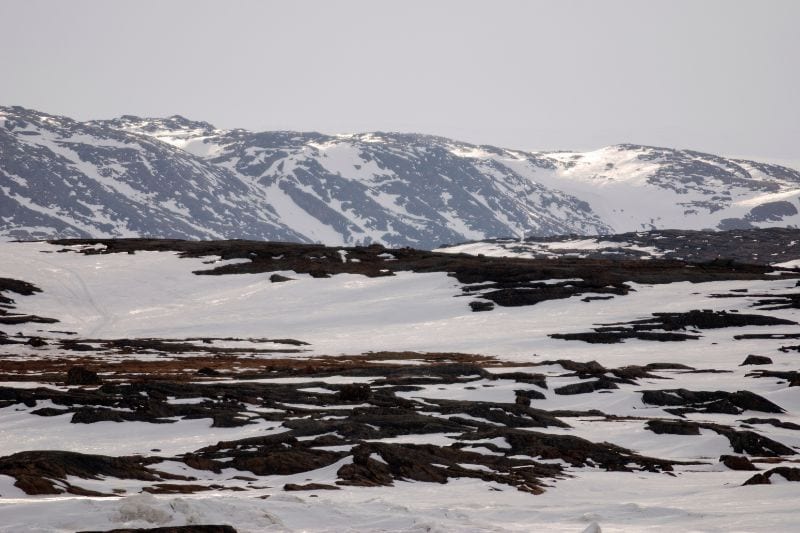
Location of the Tundra
There are two main types of tundra biomes in the world: one at the Arctic Circle in the northern hemisphere and the other on the tops of the highest mountains in the world.
- The Arctic Tundra: Located in the northern hemisphere, the Arctic tundra is, quite literally, the world’s North Pole. It spans almost 20% of the earth’s surface and is located at latitudes 55° to 70° N. It is extremely cold and one of the world’s least populated areas.
- Alpine tundra: It is found on mountaintops that are too cold for trees to grow, particularly in the highest of elevations.
- The Antarctic region is actually significantly colder than the Arctic, so it is not technically considered a tundra. There, the yearly average temperature can be as low as -70°F (-56°C) and is therefore characterized by entirely different ecosystems.
Temperature of the Tundra
The tundra is by far the coldest of all the world’s biomes and is one of the world’s areas that man least inhabits.
Tundra areas are also categorized as windy, with typical sustained wind gusts of around 30-60 mph. This occurs on flatter arctic tundra regions and on high-altitude mountaintops.
- The arctic tundra has average winter temperatures of -34° C (-30° F) and average summer temperatures of 3° to 12° C (37°to 54° F).
- The highest parts of the arctic tundra can have winter temperature averages of −28 °C (−18 °F), sometimes dipping as low as −50 °C (−58 °F). Obviously, most living creatures in the arctic tundra have a 50 to 60-day summer period with which they concentrate on growth and the search for nutrients to sustain the rest of the year when conditions are far too harsh.
- Alpine tundra generally experiences a longer growing season each year, spanning approximately 180 days. However, nighttime temperatures often drop below freezing, and persistent strong wind patterns significantly impact the ecosystem’s ability to support life. During the warmer months, temperatures typically range between -12 and 10°C (10° to 50°F).
Precipitation of the Tundra
The extremely cold temperature of the tundra means that it does not receive a lot of precipitation, as it is literally too cold for precipitation to fall. Rainfall-wise, tundra is more similar to deserts in yearly amounts, so it is often referred to as the frozen desert.
Due to the prevalence of frozen ground and frigid air, plants and animals in the alpine tundra can thrive with minimal rainfall. This is because the evaporation process is far less compared to warmer regions.
In the winter months, precipitation falls as snow, and in summer, it exists as either rain or fog. The permafrost and bogs store water in the tundra.
- The arctic tundra receives approximately 15 to 25 cm (6 to 10 inches) of precipitation each year, which includes both rainfall/snowfall and melting snow and ice.
- Alpine tundra typically receives slightly higher yearly precipitation, around 30 cm (almost 12 inches).
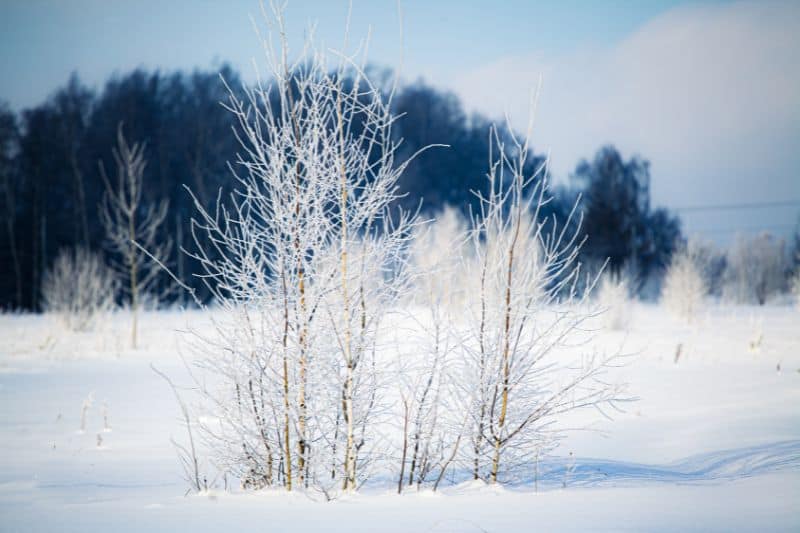
Plants of the Tundra
Tundra, as already said, is derived from tunturia, the Finnish word for “treeless plain,” and tundar, the Russian word for “treeless mountain tract.” Understandably, due to the harsh climate and fairly constant frozen ground cover, plants find it hard to exist in regions of severe cold with periods of little light.
However, research has shown that there are close to 1,700 different varieties of plants that call the tundra home. Nitrogen and phosphorous take the place of plant life as a basic form of sustenance, as they are nutrients released via the process of decomposition of dead organic matter.
The soil makeup in the arctic tundra is decidedly different from that in other regions of the world. The subsoil in the tundra is a permanent layer of frozen rocks and small material called permafrost, which typically includes about 25 to 100 cm (10 inches to 3 feet) of depth.
In warmer months, melting snow will provide moisture accumulations in the soil above the permafrost, allowing plants to grow.
In alpine tundra, the soil may be better drained, but the plant life in these areas is similar to those in the arctic tundra.
One of the amazing adaptations of plant life in the tundra biome is that no plants in the area have significant deep root systems. This ensures that the roots remain in the wet topsoil.
Lower plants and shrubs are much more common in the area than large trees since they do not require deep roots and can adapt easily to the cold and summer seasons.
Plants have low height and clump together to adapt to the savage cold and harsh wind. Fascinatingly, similar to animals, plants grow closer together to provide warmth to each other.
In addition, the tundra’s few trees remain stunted as an adaptation to the protective insulation of snow on the ground. Plants also photosynthesize even in the low light and cold temperatures.
To overcome issues with the lack of pollinating insects and birds, most plants in the tundra reproduce asexually rather than by flowering and pollination.
Common plants found in the tundra biome include:
- Reindeer moss
- Crowberry
- Heath
- Liverwort
- Tussock grass
- Willow grows as a low carpet cover in some areas
- Over 400 different types of flowers
- Lichen
- Dwarf trees, including small birches
The tundra plays a crucial role as one of Earth’s three major carbon dioxide sinks, absorbing more carbon dioxide than it emits. In the brief summer period, tundra plants absorb carbon dioxide, sunlight, and water for photosynthesis.
It’s also worth noting that because of the short, cool summer and freezing winter temperatures, plants can’t decompose. In fact, remains of plants thousands of years old have been found in the tundra permafrost. In this way, the tundra traps carbon dioxide and removes it from the atmosphere.
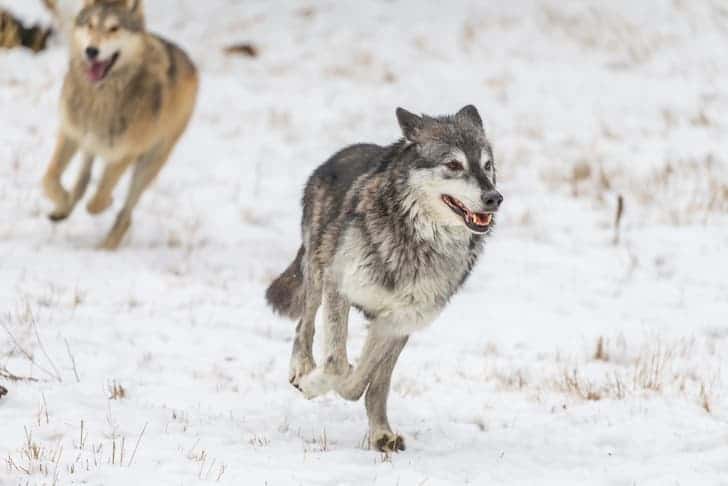
Animals of the Tundra
There are not a lot of animals in the tundra biome. And as you’d expect, animals inhabiting this biome have some fascinating adaptations for survival in this harsh region. It is estimated that about 48 species of mammals live in the tundra.
Animals residing in the tundra climate require special adaptations to survive. Animals tend toward large, stocky frames with thick insulation. Layers of fat and fur or feathers help protect animals from the bitter cold. Winter plumage and coats are white like snow, whereas summer coloring tends toward brown.
Because of permafrost, few burrowing animals reside in the tundra climate. The shortage of winter food also discourages hibernation. Animals must, therefore, be active in winter or migrate, and most types of birds migrate to warmer weather.
As for the birds, they tend to boast long wingspans. Due to the extreme cold temperatures, there are no cold-blooded vertebrates, but insects exist in the tundra ecosystem. Most insect species in the tundra tend to be aquatic.
While animal diversity trends lower in the tundra ecosystem, notable permanent and migratory species exist.
Land Animals
The huge herds of caribou are found in North America (known as reindeer in Eurasia), which feed on lichens and plants. The tundra draws migratory animals such as caribou and waterfowl, particularly for breeding seasons. These animals return south to avoid the harshest conditions when colder weather arrives.
There are also smaller herds of musk-oxen. Wolves, wolverines, arctic foxes, and polar bears are the predators of the tundra. Smaller mammals are snowshoe rabbits and lemmings. The lemming represents the chief herbivore of the tundra. The snowy owl is a partially migratory predator that responds to lemming population fluctuations.
The main types of animals found in the tundra eat plants and some animals, fish, insects, and birds.
Plant-eating Animals (Herbivores)
- Voles
- Lemmings
- Squirrels
- Arctic hare
- Snowshoe rabbits
- Caribou/Reindeer
- Musk-oxen
- Mountain goats
- Snow geese
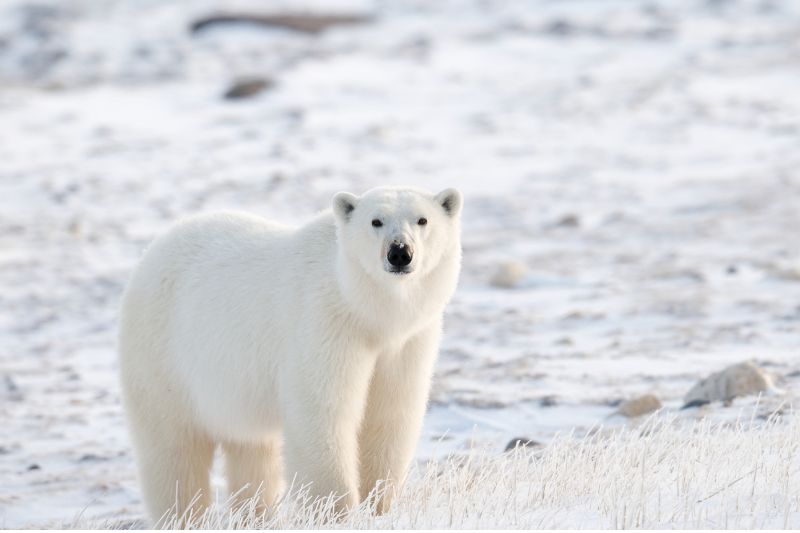
Meat-eating Animals (Carnivores)
- Wolves
- Wolverines
- Arctic foxes
- Polar bears
Aquatic Animals
The aquatic animals that ply the Arctic waters are:
- Seals
- Walrus
- Beluga
- Whales
Fish
Tundra fish species include:
- Salmon
- Cod
- Trout
- Flatfish
Insects
There are few species of insects in the tundra, but black flies, deer flies, mosquitoes and “no-see-ums” (tiny biting midges) make the tundra miserable in the summer.
Mosquitoes can replace the water in their bodies with a chemical called glycerol to keep themselves from freezing. It works like antifreeze and allows them to survive under the snow during the winter. Insects found are:
- Mosquitoes
- Flies
- Grasshoppers
- Moths
- Arctic bumble bees
- Beetles
Birds
The migratory birds like the harlequin duck, sandpipers and plovers make the marshy tundra a great place.
Birds found are:
- Falcons
- Ravens
- Loons
- Sandpipers
- Terns
- Gulls
- Snow buntings
- Harlequin duck
People in Tundra
People do live in certain parts of the tundra, but that is mainly for industry-specific work, such as working for oil rigs. While these settlements are typically small and far less crowded than other man-inhabited areas, the presence of humans can and does affect the delicate balance of the tundra ecosystem.
Native individuals who reside in tundra areas typically follow the patterns of a main source of survival; for instance, there are some tribes that exist on the entire bodies of reindeer in tundra areas.
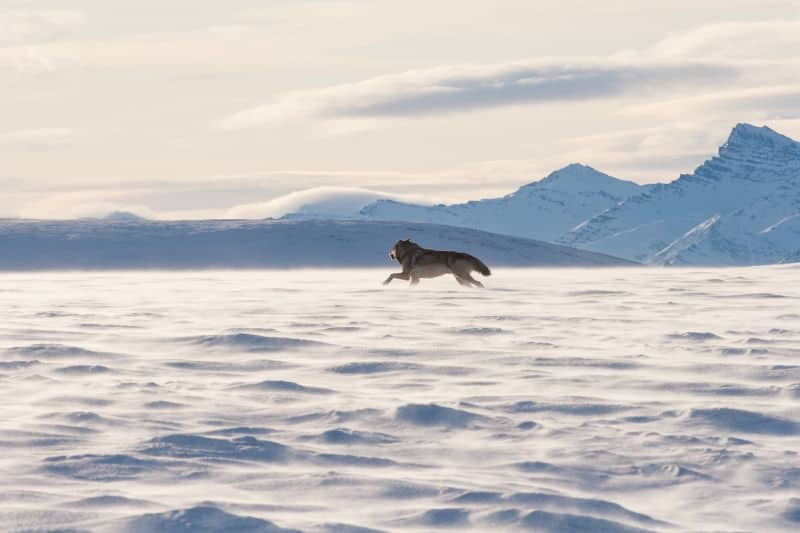
Threats to Tundra
Carbon dioxide is a greenhouse gas that contributes to global warming. Today, global warming, largely the result of pollution and greenhouse gases, is melting the permafrost of the tundra, and every year, several feet of tundra are lost.
Due to overall warming temperatures in the world, as the tundra melts, the plant mass decomposes and returns carbon dioxide to the atmosphere, one of the greatest current threats to the arctic tundra.
The increased migration of people to the tundra for mining and oil rig jobs has resulted in the establishment of towns and the expansion of road networks. These developments have disrupted the traditional movements of certain animals to their feeding and denning areas. As a consequence, numerous polar bears have suffered from starvation.
Thousands of migrating birds come to the tundra because of the abundant insects. As pesticides have been used to control the hordes of insects, pesticides reach many animals through the food chain.
Pollution from mining and drilling for oil has also polluted the air, lakes and rivers. The land has become so polluted that the plants surrounding some nickel mines in Russia have died. When the sun hits the ruts, it causes the permafrost to melt. This causes erosion, and the ruts get bigger, eventually turning into gullies. Some tracks made during WW II are now lakes.
